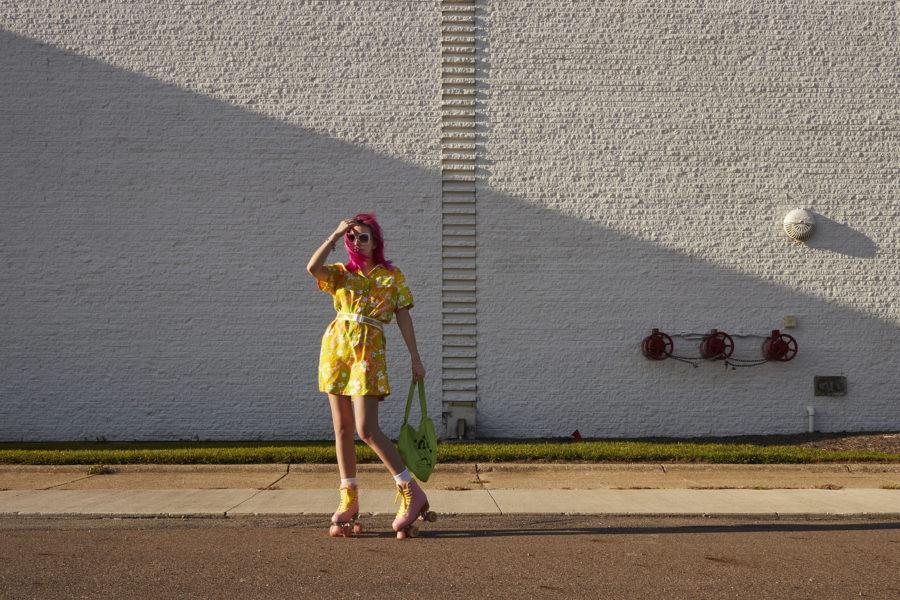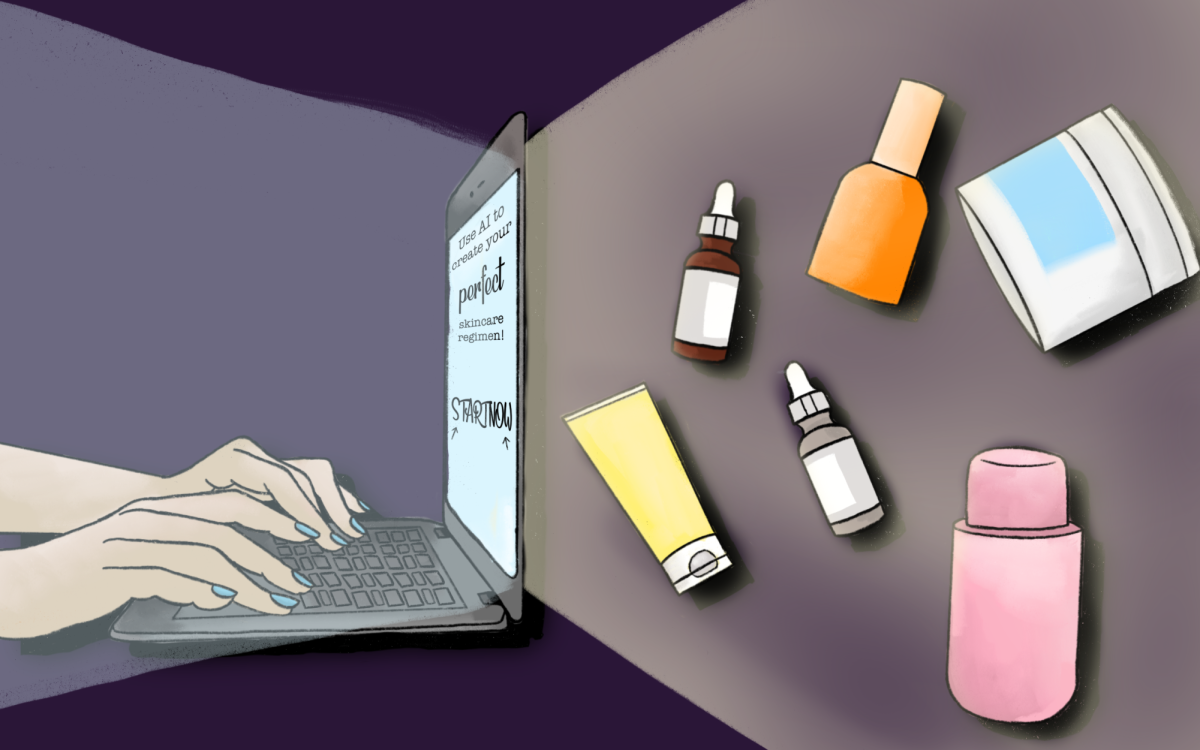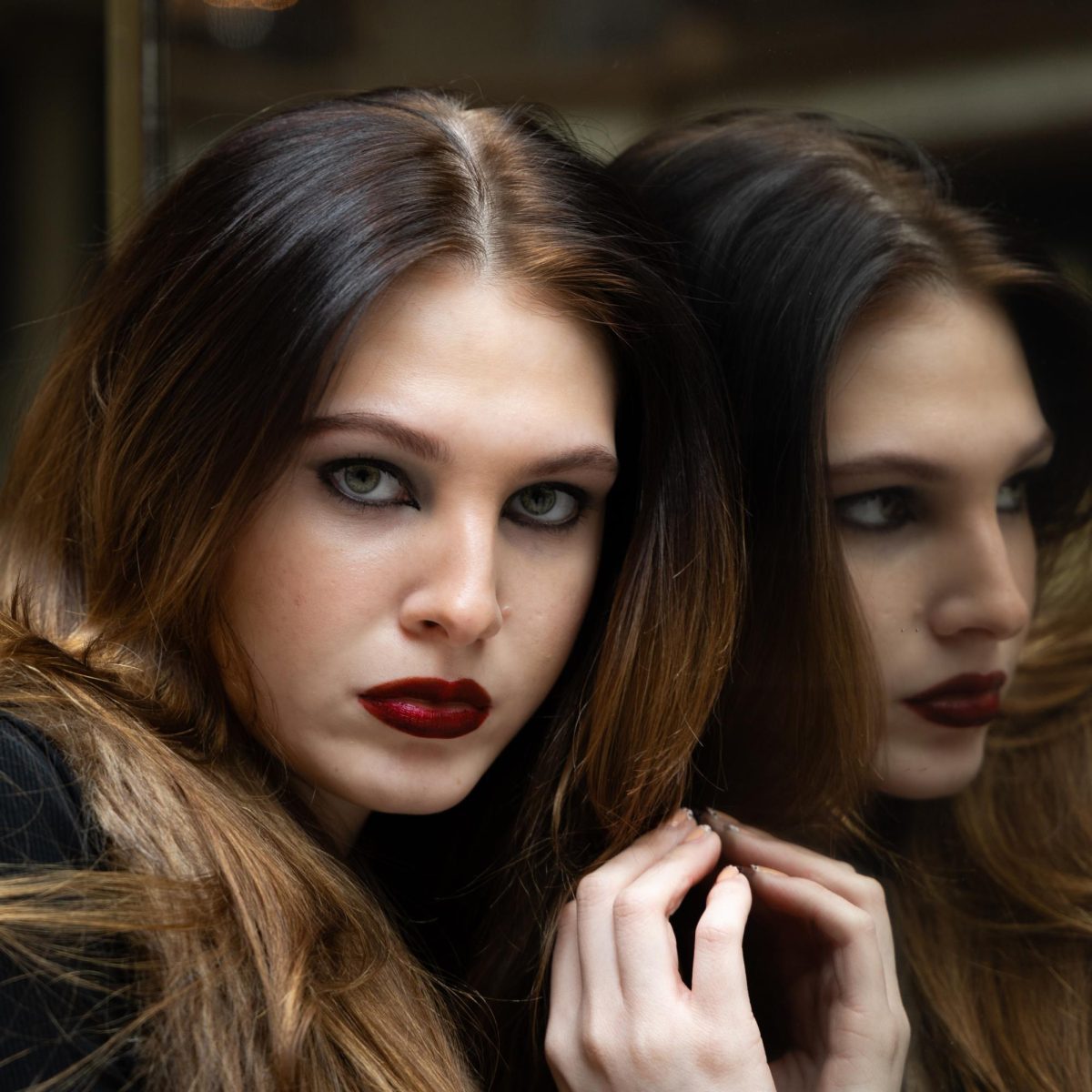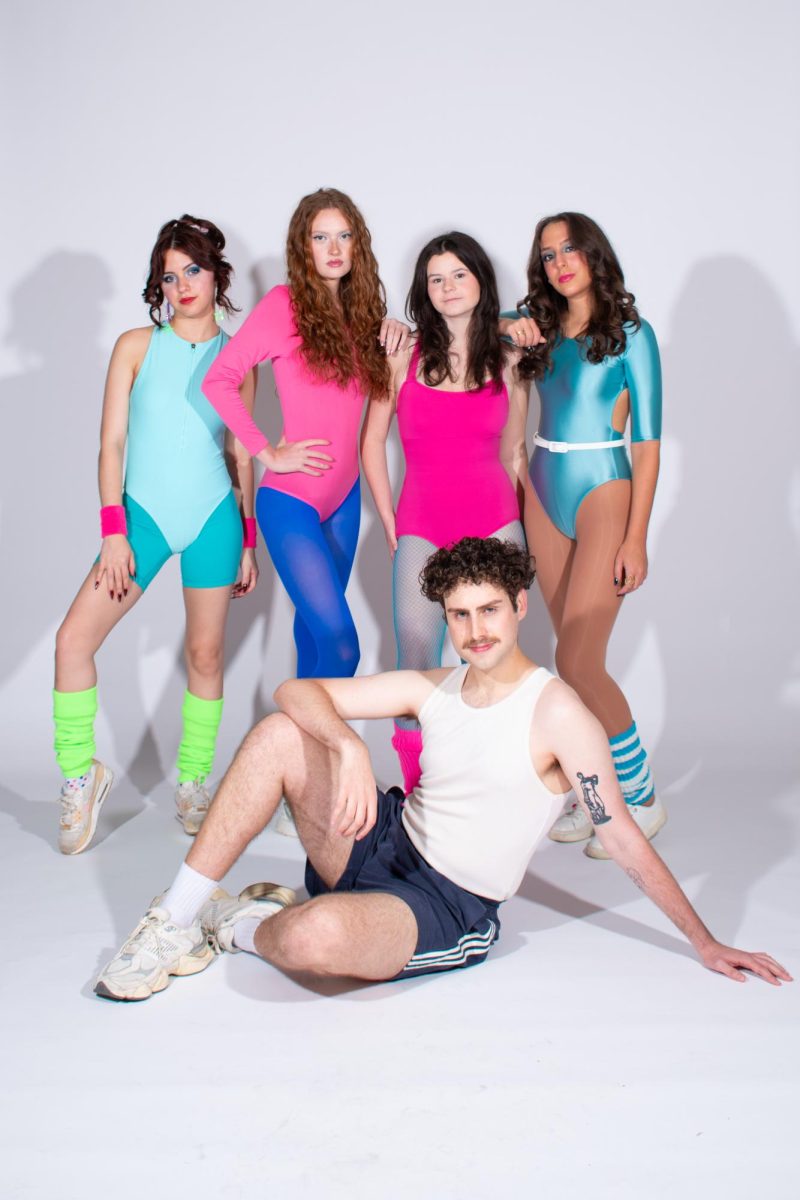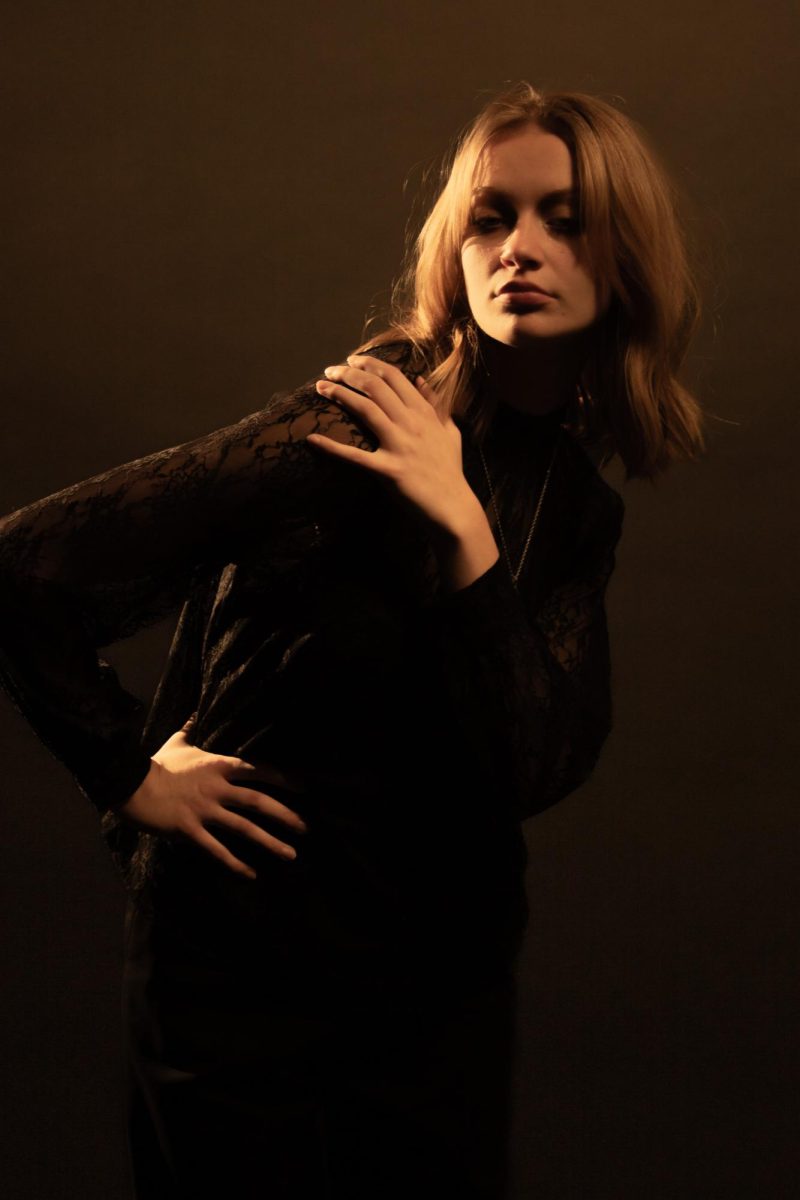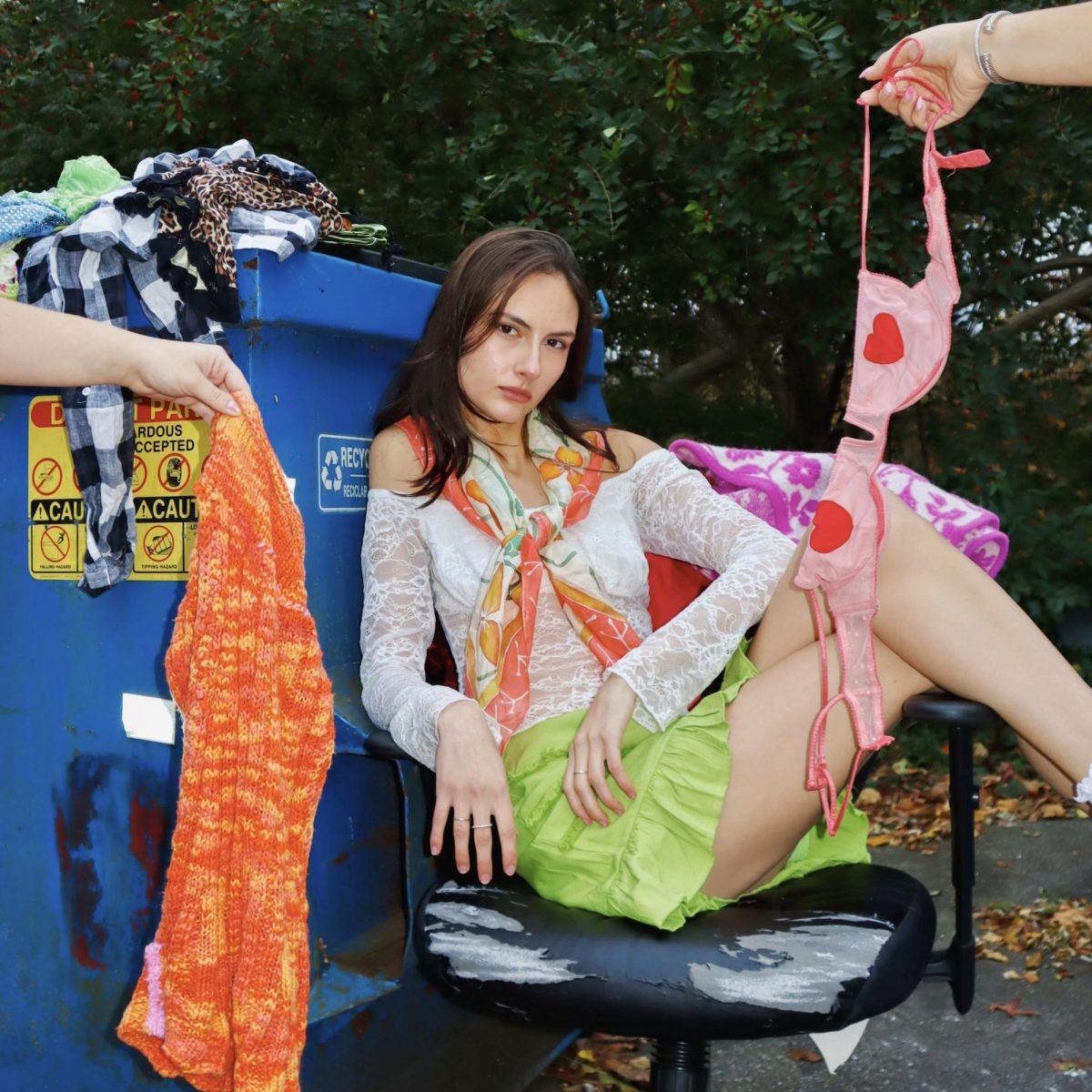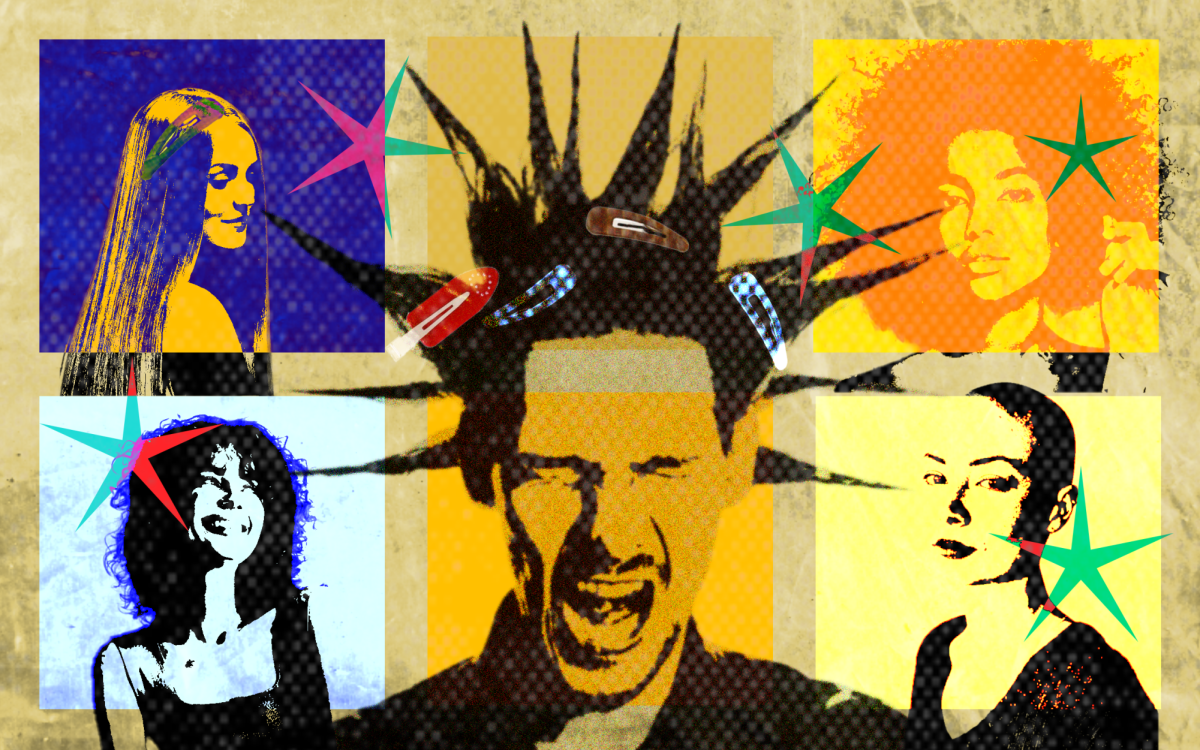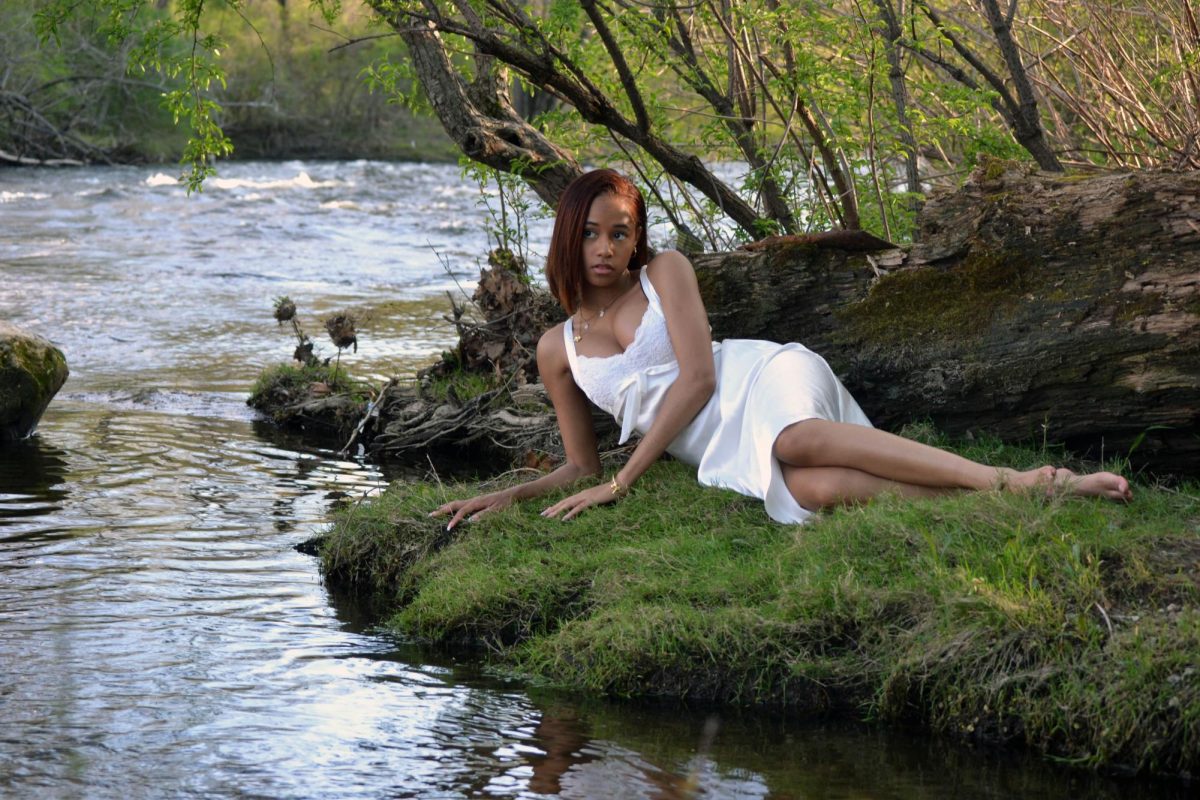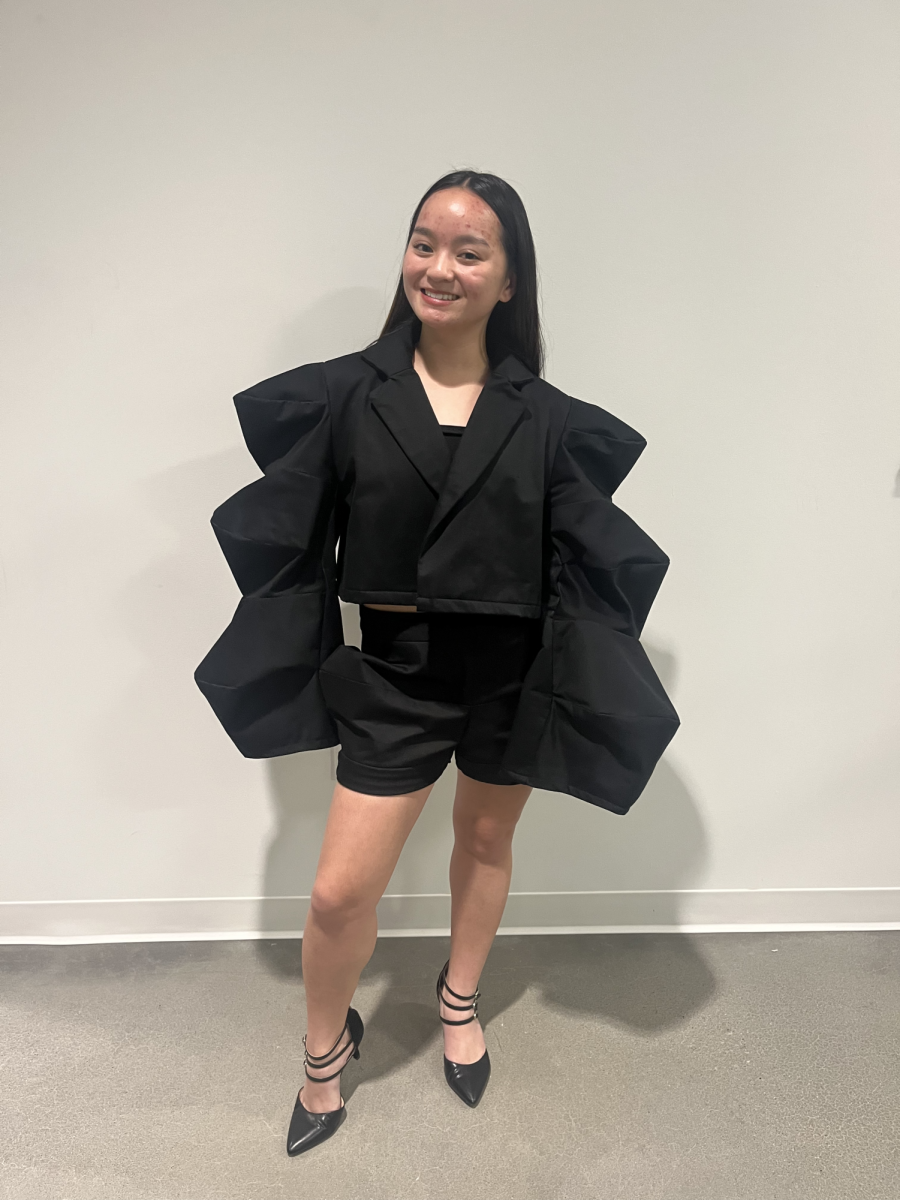Recently, Gen Z has raised awareness of important social and environmental issues. Causes like Black Lives Matter, the #MeToo Movement, and the Green New Deal have shaped the way young people think about the world around them. With the current social and political environment reflecting that of the 1970s, the fashion of the decade is making a comeback as well.
The 1970s has never been more relevant than it is today. Emerging social and political leaders draw inspiration from this decade not just for social justice and environmental change, but also for fashion. While some brands such as Urban Outfitters have always maintained a boho aesthetic, many more are starting to incorporate a ‘70s style into their looks. With environmental concerns regarding fast fashion, thrifting is on the rise. Gen Z and millennial consumers have popularized breathing new life into old pieces. Seeing a gap in the market, vintage clothing companies are on the rise. Even fast-fashion retailers are creating garments that have a vintage feel to fit the demand. With so many people shopping second-hand, it isn’t surprising that styles from the ‘70s are being re-worn and re-loved.
Defining aspects of ‘70s fashion include bright colors, bold patterns, and a loose fit for an exaggerated silhouette. These elements are reflected in new textile prints and the sudden popularity of tie-dye. Bold colors are also trending in the makeup industry, with colored eyeliners and neon eyeshadow palettes increasing in popularity. Another essential component to putting together a flower child look is using natural materials like leather, shells, wood, and flowers for accessories.
1970s fashion has a large impact on the future of gendered clothing, as well. In this fashion era, menswear has more of a feminine influence. For example, short shorts and satin shirts were once popular in 1970s menswear and are trending once again. Additionally, androgynous looks are being favored across the board. Following the feminist movement, the fashion industry is helping to blur the lines when it comes to gender expression.
While some pieces remain in the past, certain garments are gaining popularity. Corduroy bottoms are trending, in addition to an increased use of denim. The popular brand Levi’s is not only trending aesthetically, but also has a large following due to its environmental conservation efforts throughout the supply chain. Loose-fitting mom jeans have reigned over the fashion realm for the past few years, but now must make room for bell-bottoms and flare pants. However, denim isn’t only for jeans — the material is being widely used for dresses, shirts and overalls. Denim on denim streetwear looks, though sometimes hard to pull off, are being seen more and more. Popular in festival wear, maxi dresses, fringe jackets and crochet tops are making their way into mainstream fashion. Silk head scarves, which can commonly be found in thrift stores and vintage shops, are also trending. Additionally, geometric-shaped purses and raffa bags are popular once again in the accessories scene. What can fashionistas expect to see next? Think clogs, peasant dresses and patchwork quilted pieces.
Fashion icons of the 1970s to follow include Stevie Nicks, Farrah Fawcett and Bianca Jagger. While Nicks and Jagger were known for their eclectic looks that incorporated flowing dresses, denim and lace, Fawcett popularized relaxed androgynous streetwear.
The loose fits and bright colors that define the decade are the main appeals of the 70s fashion. Living in a politically polarized, COVID-19 world, young people want to boldly express themselves and promote individuality. Incorporating flower child looks into modern fashion evokes feelings of freedom, uniqueness, and an urge to use one’s voice to be a part of the conversation.

